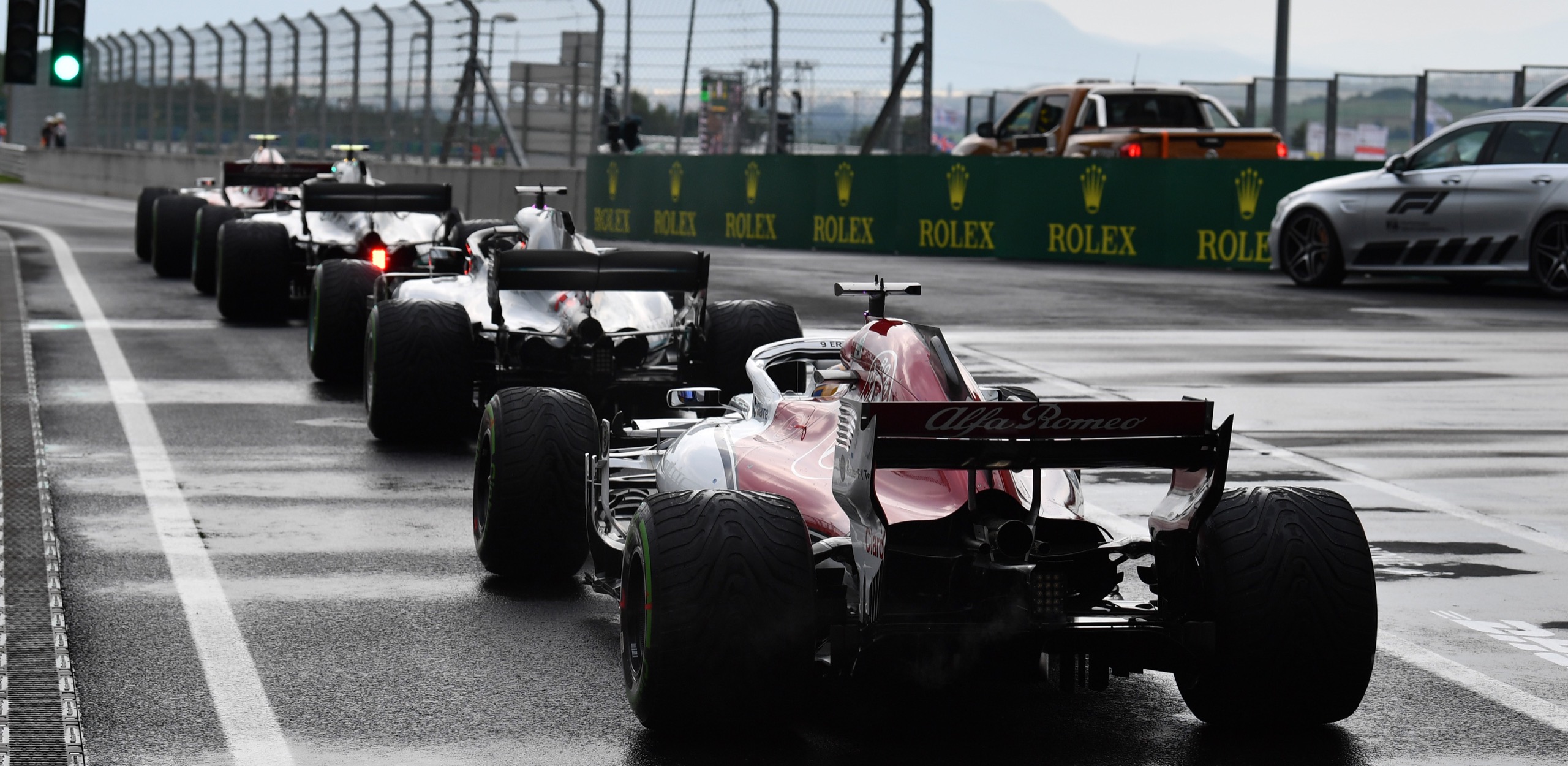
It’s August 4, and F1’s summer break is officially on, so Blackbird Journal is taking this opportunity to catch our breathe, ring up our contacts, check our notes and review the 2018 F1 championship thus far and offer our future predictions of what is, and what could be in F1’s future on track, in the board rooms and within the teams.
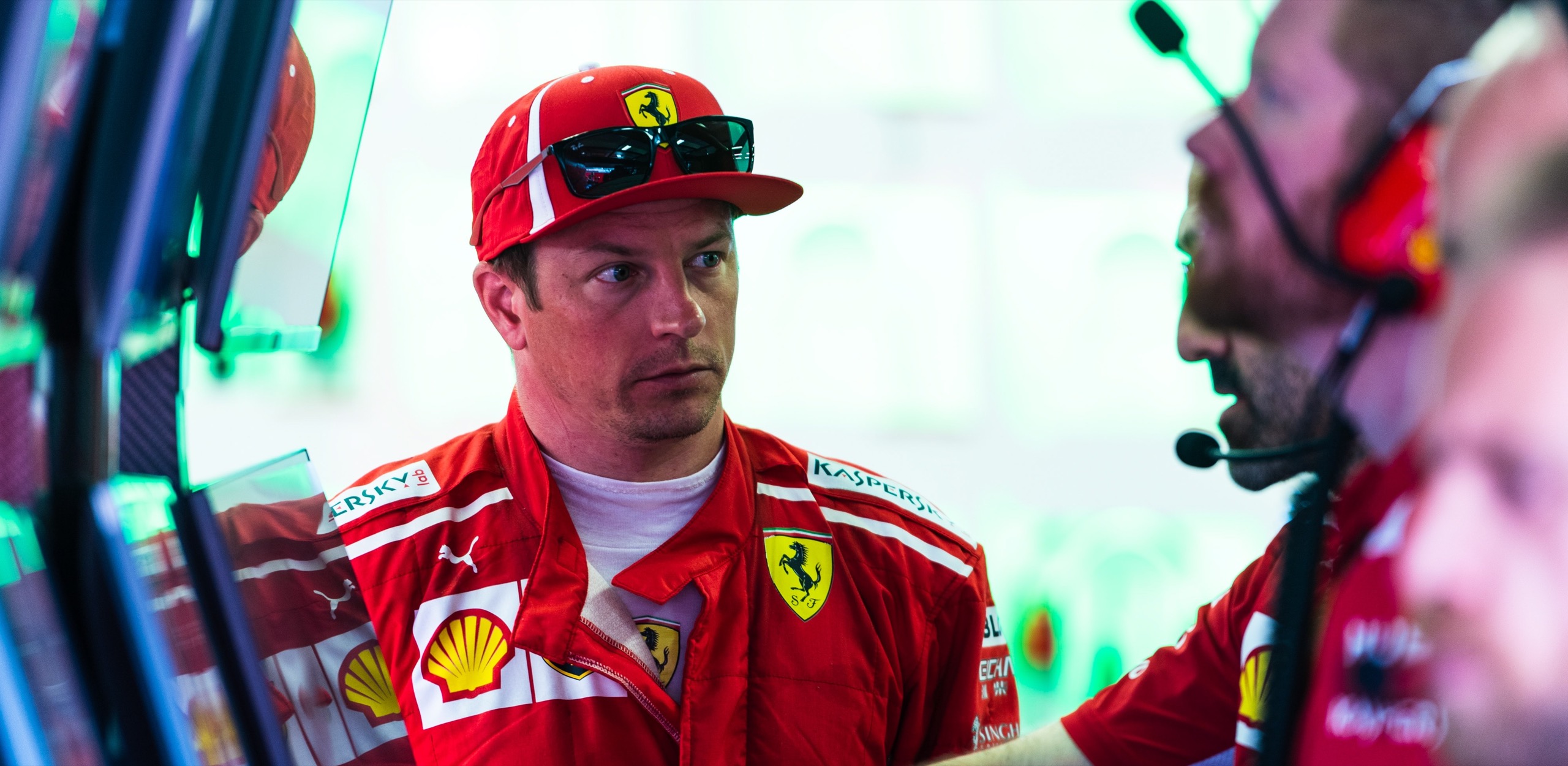
But first, let’s assess the Grand Prix season so far. We have had four winners from three teams, Mercedes, Ferrari and Red Bull. This trio represents three different approaches to become F1 winners. Mercedes-AMG has enormous power, non-stop development, a four-time world champion in Lewis Hamilton and a newly-signed Valtteri Bottas embodying the perfect wingman for his illustrious team leader. Add the brain trust of Toto Wolff and the legendary Niki Lauda, and you have the bones for another championship season, their fourth straight should they find the right combinations in the second part of this season.
Ferrari in 2018 is no less formidable, with a newly-massaged engine with syrupy power output and an incredibly balanced chassis that treats its tyres with extreme gentleness while hauling four-time World Champion Sebastian Vettel and 2008 Champions Kimi Raikkonen through corners with nary a lift.
Then you have Red Bull, anchored by Adrian Newey’s downforce-optimised chassis for the ultra-quick duo of Max Verstappen and the departing Daniel Ricciardo. Their “Achille’s Heel” is the Renault engine, but when it all comes together, they remain multiple winners in waiting or were before both Mercedes’ and Ferrari’s latest engine updates.
Unfortunately, because of raw power disparity, engineering expertise, corporate money and the current aerodynamic rules in place, the remaining teams are all fighting for a seventh place at best. Indeed, the last winner outside of these current top 3 teams was Kimi Raikkonen’s “Lotus” Renault winning a race in 2013, a year before the current engine formula began.
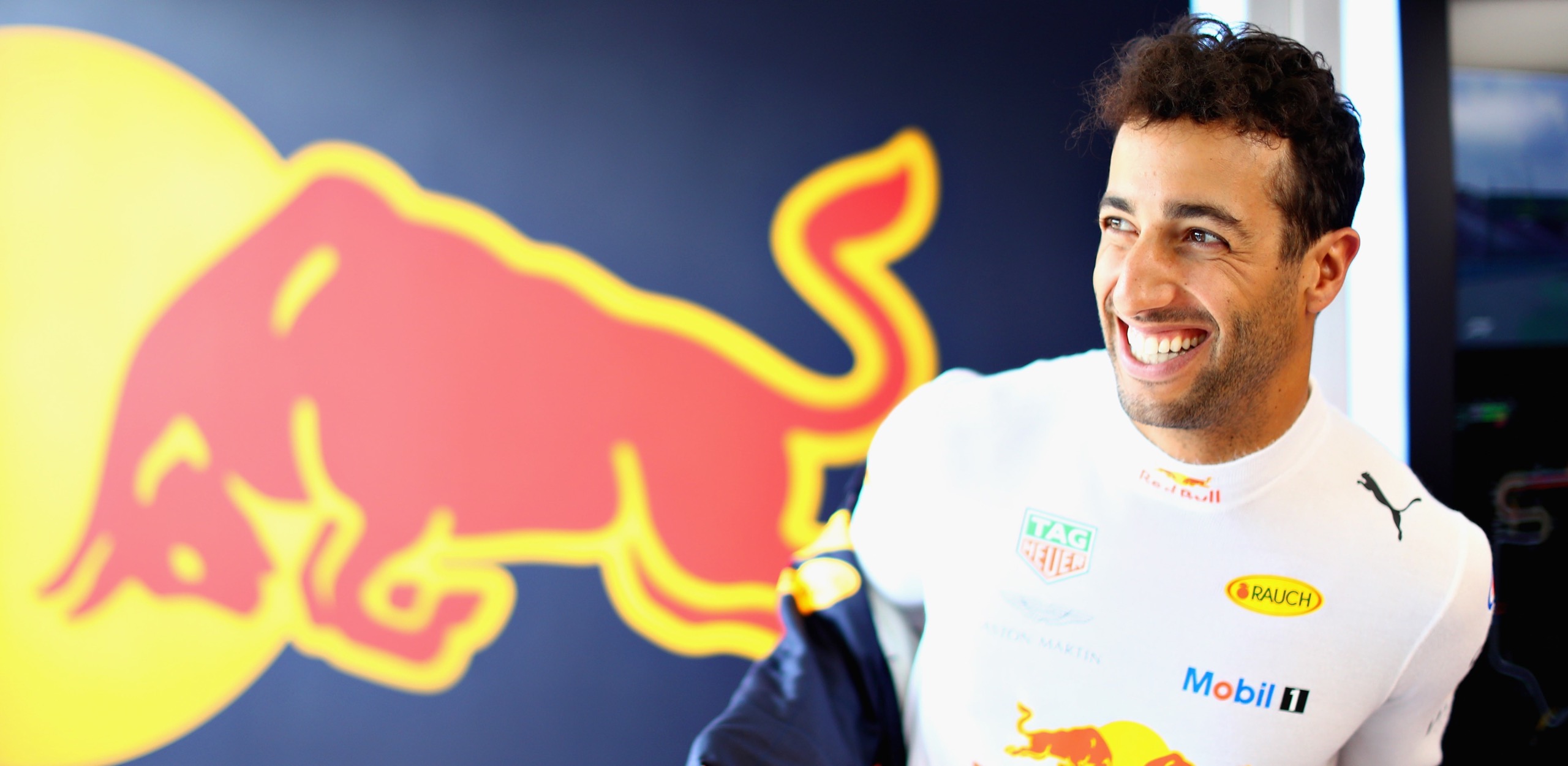
The Hungarian Grand Prix gave us a perfect study of the current state of F1. Qualifying gave us a chance see the best F1 could be; Sunday’s Grand Prix showed us the worst.
Rain during qualifying neutralised Mercedes’ power, Ferrari’s poise and Red Bull’s downforce advantages. The result? Every team fought rapidly changing track conditions with their traditionally best tool, their drivers. Every driver had the same chance to choose the best line of the moment, outflank the spray, and overcome the lack of grip to charge up the grid by virtue of their skill…and may the best driver win.
The grid leaders suffered most. Mercedes’ tendency to blister their tyres forced the team to increase overall downforce to keep the tyres from sliding. Their usual aerodynamic efficiency compromised Ferrari’s balance in the wet as they needed less downforce from the start. Then there was Red Bull, caught out by cooler track temperatures that made their heat-loving Pirelli tyres grip like bricks.
Mercedes won the pole because the greater wing angles dialled in to compensate for their dry tarmac blistering gave them magnificently balanced grip and perfectly heated compounds on the wet track.
The confusion of Hungary’s wet qualifying showed F1 at its best. The best drivers were coming to the front through skill and bravery, not by mechanical advantages.
Race day dawned dry and hot, and with it, the Big Three’s aerodynamic, power and handling advantages were restored, meaning that to win a driver had to reach clear air immediately; the resultant Grand Prix turned into a monotonous procession.
At the flag, Lewis Hamilton’s Mercedes leapt to the front, covered by teammate Bottas. Once in clean, undisturbed air, Hamilton was gone and won practically uncontested. Vettel and Raikkonen could only spectate as they trailed in second and third place.
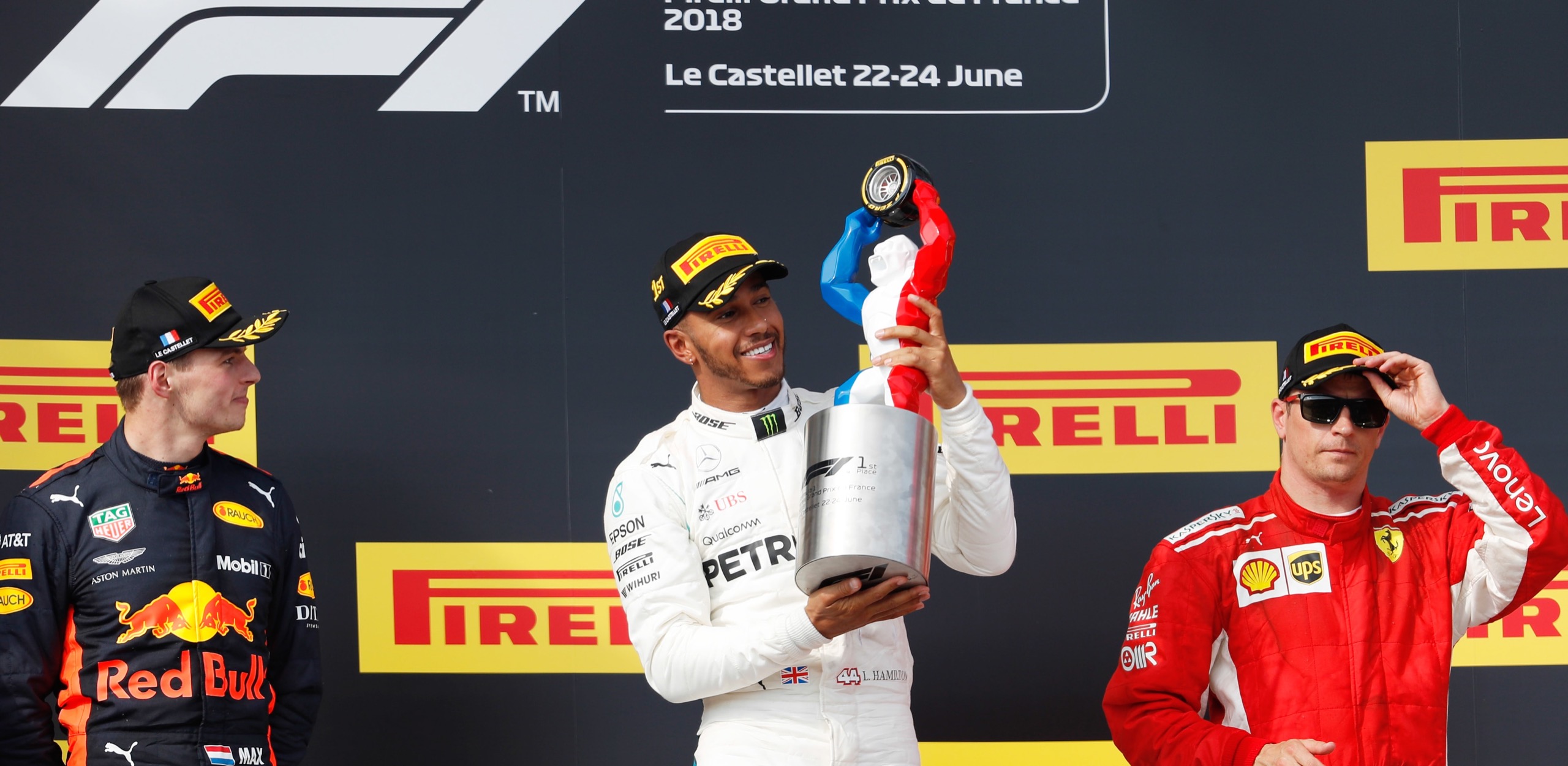
Since March 2017, the new owners of F1, Liberty Media have been looking at methods of improving the show for 2019 enabling more wheel-to-wheel racing and fewer if any processions. Their primary focus is on the front wing and adjusting the airflow over the car, which will allow following cars to run closer together and, in turn, increase the chances of overtaking.
On Tuesday and Wednesday of this week, at the same Hungarian GP track, three teams tested initial front wing designs resembling a five-blade razor; Force India’s Nicolas Latifi, Red Bull’s Daniel Ricciardo and Williams’ Oliver Rowland completed sporadic running of the concept designs, alongside their regular testing programmes. The new wings are enormous, broader and deeper than the 2018-specs to reduce the outwash around the front tyre and present the car behind with better air in which to operate.
Blown wheel nuts are eliminated too, and front brake ducts simplified, all to reduce the hole and dirty air presented to the car behind. Each team covered their chassis with large swaths of Flow-Vis to have a better idea if these wings will be less sensitive to disturbed air spilling from a leading car’s wake.
Liberty has shown a strong willingness to push for more racing ala 2018 Hungarian qualifying, and part of their fundamental alterations are to make the cars capable of following and passing each other at will.
These tests are some of the most crucial tests in F1 history; if they point to a better quality of racing, further changes will occur more rapidly, and F1 should see increases in interest, attendance and sponsorship growth. If not, F1 will continue to lose fans due to racing governed by aerodynamics rather than the breathtaking wheel-to-wheel scramble of Hungarian F1 Qualifying.
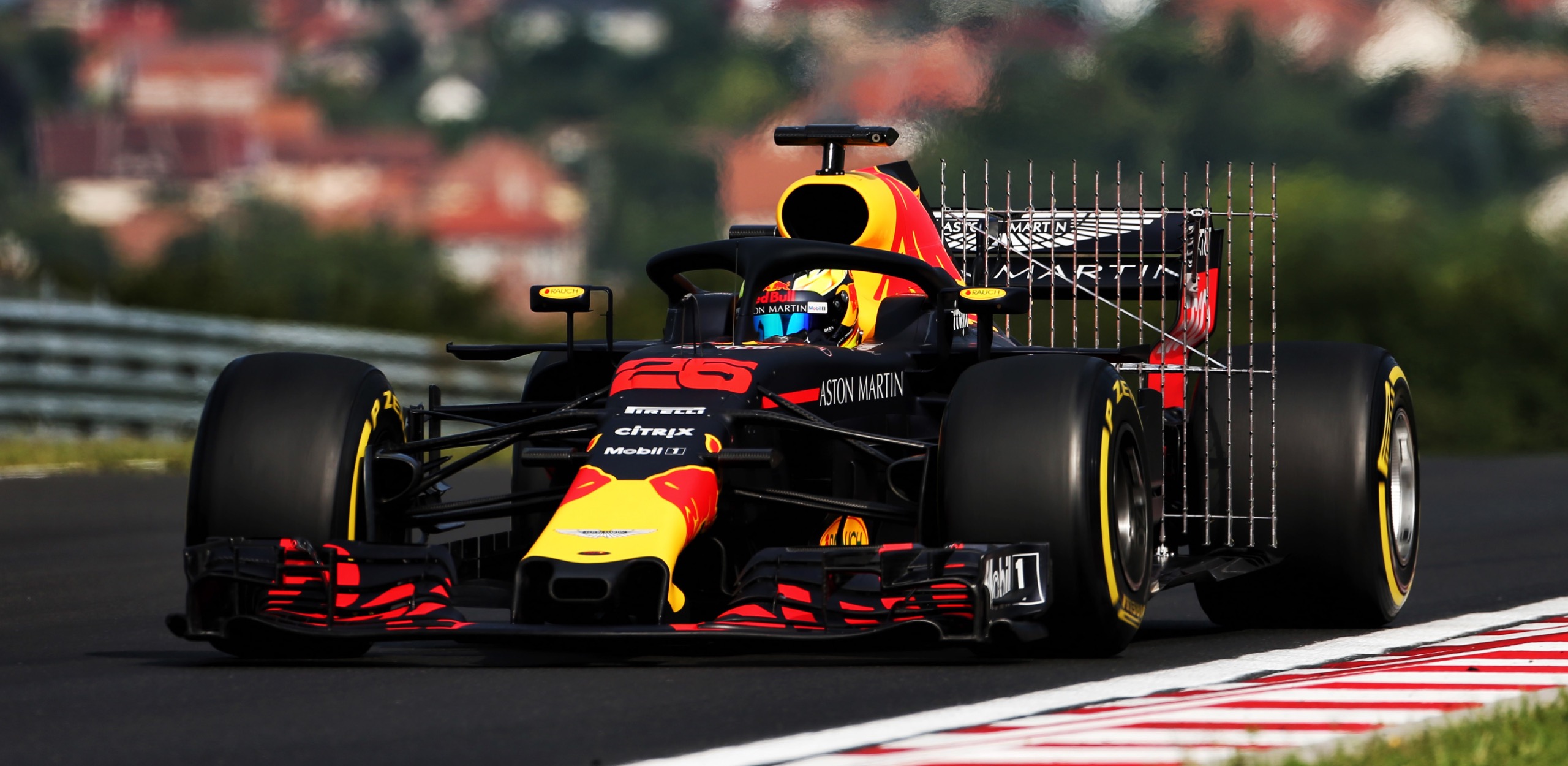
Minutes before we filed this report, Daniel Riccardo revealed he will leave Red Bull for Renault to partner with Nico Hulkenberg in 2019. This announcement from the seven-time winner was a bombshell with other related pieces yet to fall to earth. Just days ago, Ricciardo was upset over his Red Bull’s Renault power unit’s fragile nature. Apparently, Renault has given him news that 2019 will be different. What is set in concrete is Carlos Sainz is instantly set free to return to Red Bull or Toro Rosso, or a team to emerge in a few days.
In a related development, Bob Bell, the aerodynamicist in charge of the 1988 McLaren MP4/4 and technical director in charge of the 2014 Mercedes W05, has been named Renault’s Formula 1 technical advisor. Bell is currently the chief technical officer of the Renault F1 team, with 36 years of F1 success.
These two moves signal that Renault believes they now have a lead driver and a proven technical magician for a great leap up the grid. Stay tuned.
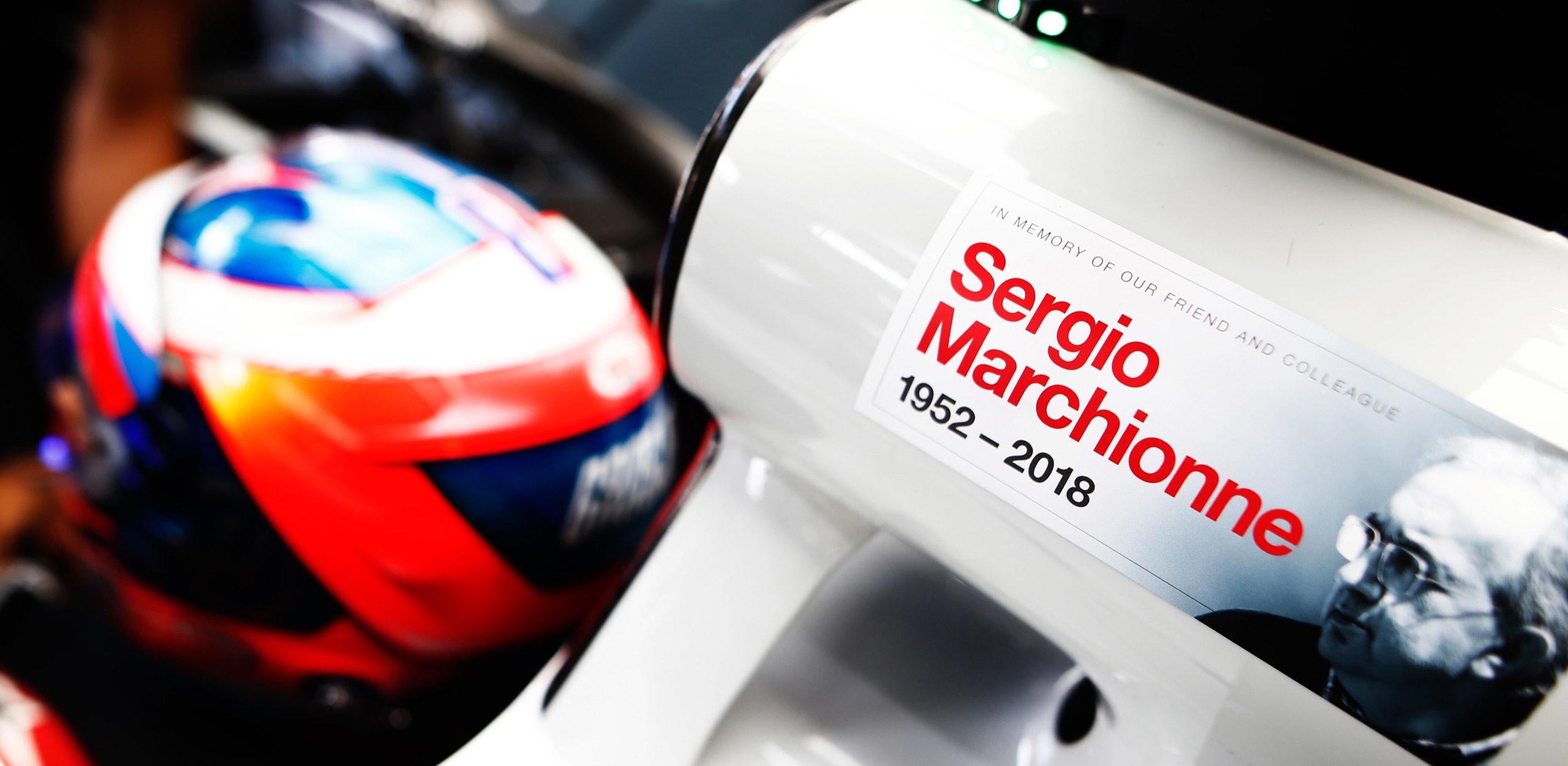
F1 experienced an immense loss the week before the Hungarian Grand Prix; former Ferrari chairman and CEO Sergio Marchionne passed away at the age of 66. Marchionne masterminded the turnaround of financial fortunes of both Fiat and Chrysler before becoming chairman of Ferrari in 2014, replacing Luca di Montezemolo.
He became a massive presence in F1, heavily involved in the decision-making within the team while also a central figure in the background discussions about the future of the sport. He also urged the current Sauber/Alfa Romeo deal. He will be deeply missed for his leadership, his wry sense of humour and his no-holds-barred opinions.
John Elkann, the grandson of former Fiat boss Gianni Agnelli, was named the chairman of Ferrari, with Louis Camilleri becoming CEO.
Both gentlemen are deeply familiar with Ferrari’s F1, and they will continue leading the Scuderia’s spirited F1 council membership as they plot the sport’s next rules change from 2020 and beyond.
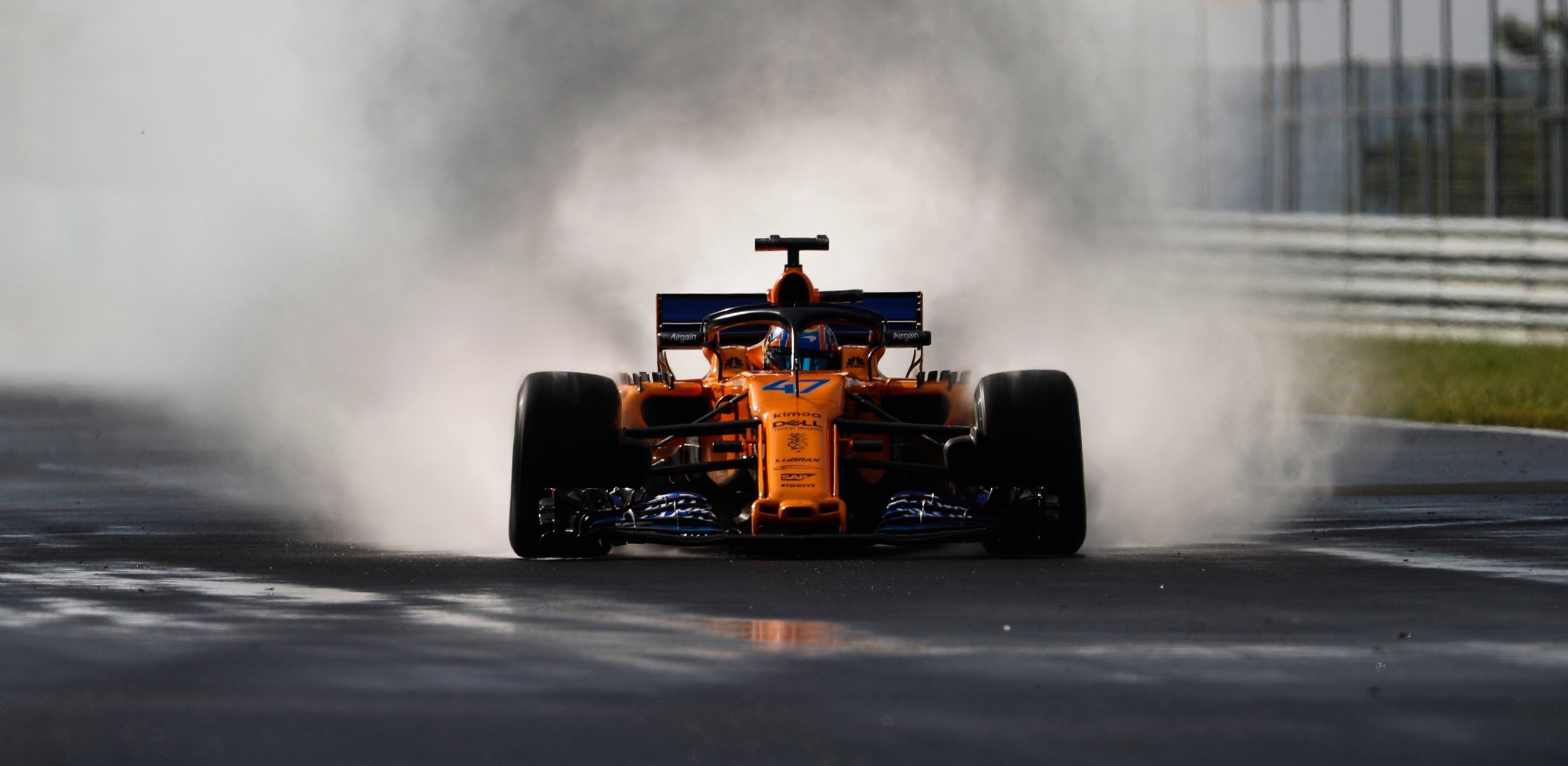
The Hungarian weekend saw another transition with Force India entering into administration, with FRP Advisory LLP, in control of the sale instead of team owner Vijay Mallya. The move came about with support from engine supplier Mercedes, its title sponsors, and Force India driver Sergio Perez, who is owed money.
Several purchase candidates are actively pressing forward, such as Lawrence Stroll, the father of Williams driver Lance, and Russian billionaire Dmitry Mazepin, the father of GP3 race winner and Force India development driver Nikita. There are American interests from two consortiums, one led by IndyCar team boss Michael Andretti and his driver Alexander Rossi’s father Pieter; and one that includes ex-baseball franchise boss Jeff Moorad.
Mercedes, it must be noted, is not a bidder. However, an agreement signed between Mercedes and then operating Force India for 2019 was a promise that Mercedes would share wind tunnel time and offer aerodynamic development with the team, effectively making it a Mercedes B-team, similar to the Team Haas arrangement with Ferrari.
Should a buyer be found, they will look to have F1 owner Liberty convince Renault, McLaren and Williams to sign an agreement that would place Force India’s 2017 $70 million prize money into the new team’s coffers. So far, the three teams have said no, for fear that the new team would instantly outflank them with Mercedes’ assistance. While , to be givea becoming a well-heeled Mercedes B-team.
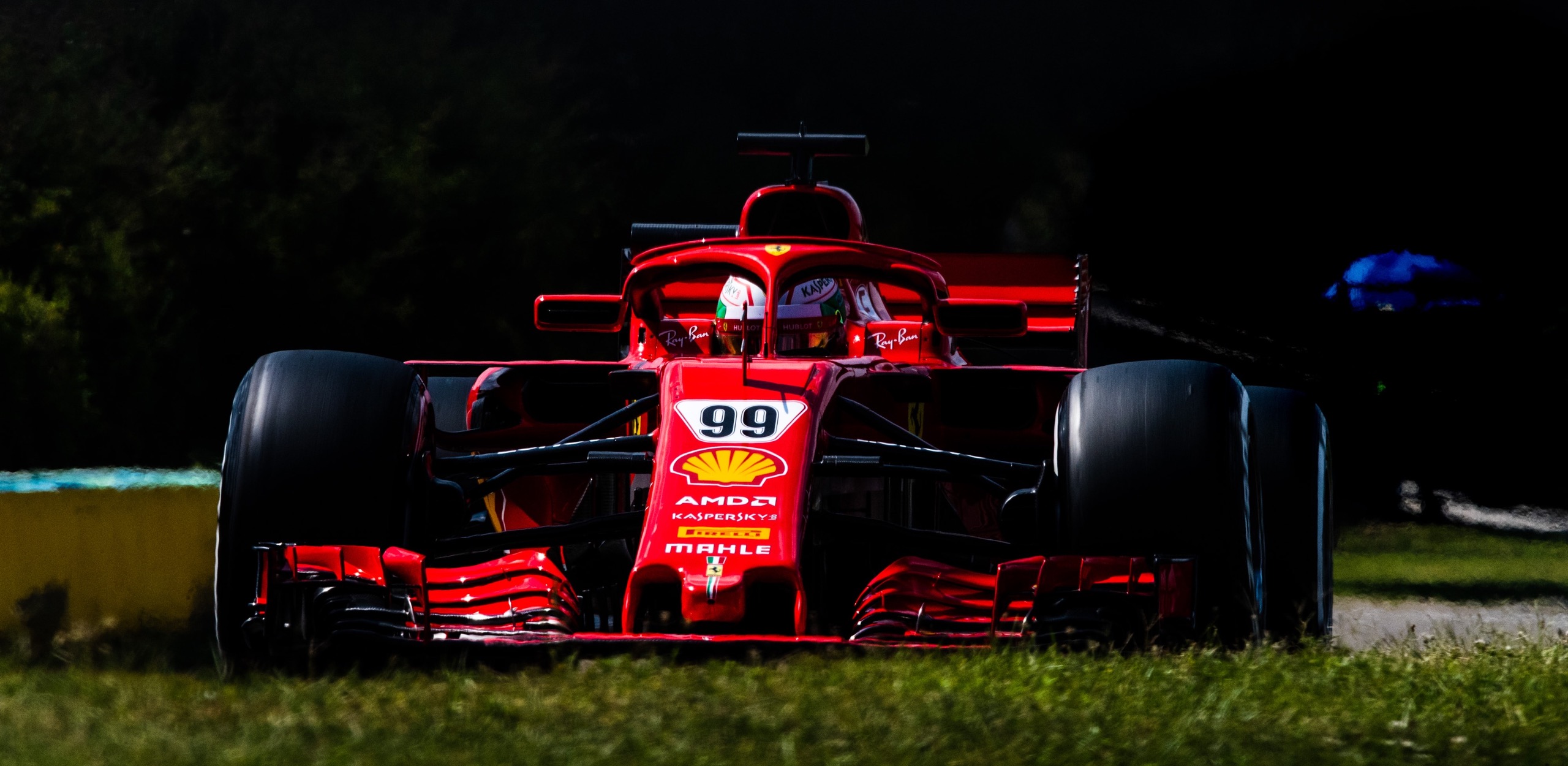
Vettel shot Ferrari out of the blocks much stronger in 2018 compared to the 2017 season, and yet this time last year, Vettel had a 14-point advantage over Hamilton. However, with the German and Hungarian Grands Prix being such shockers, Vettel now trails by 24 points – almost a race win – with nine races remaining.
Further, with Hamilton and Mercedes having a history of a stronger second half of the F1 season, Vettel must pull out all the stops if he is ever to wear his fifth World Driver’s Championship crown. He’ll have vivid memories of Hamilton’s season 2017 closeout when he took five victories and captured two second places in the closing nine races.
If one was to give into a guess based on this season to date, Vettel’s razor-sharp SF71 could take Italy, Japan and Brazil, with Hamilton limited to Russia, the US and Abu Dhabi, with Red Bull throwing everything into enabling Max Verstappen to take Singapore (and Mexico as well due to its altitude) leaving Vettel still 24-points down from Hamilton.
The upcoming Belgian Grand Prix, then, could be the difference. If it’s hot and dry, Vettel could win or at least recoup much-needed points from Hamilton. A victory for Hamilton would make it extremely unlikely Vettel could make up ground elsewhere.
But then, it could also rain for every remaining Grands Prix.
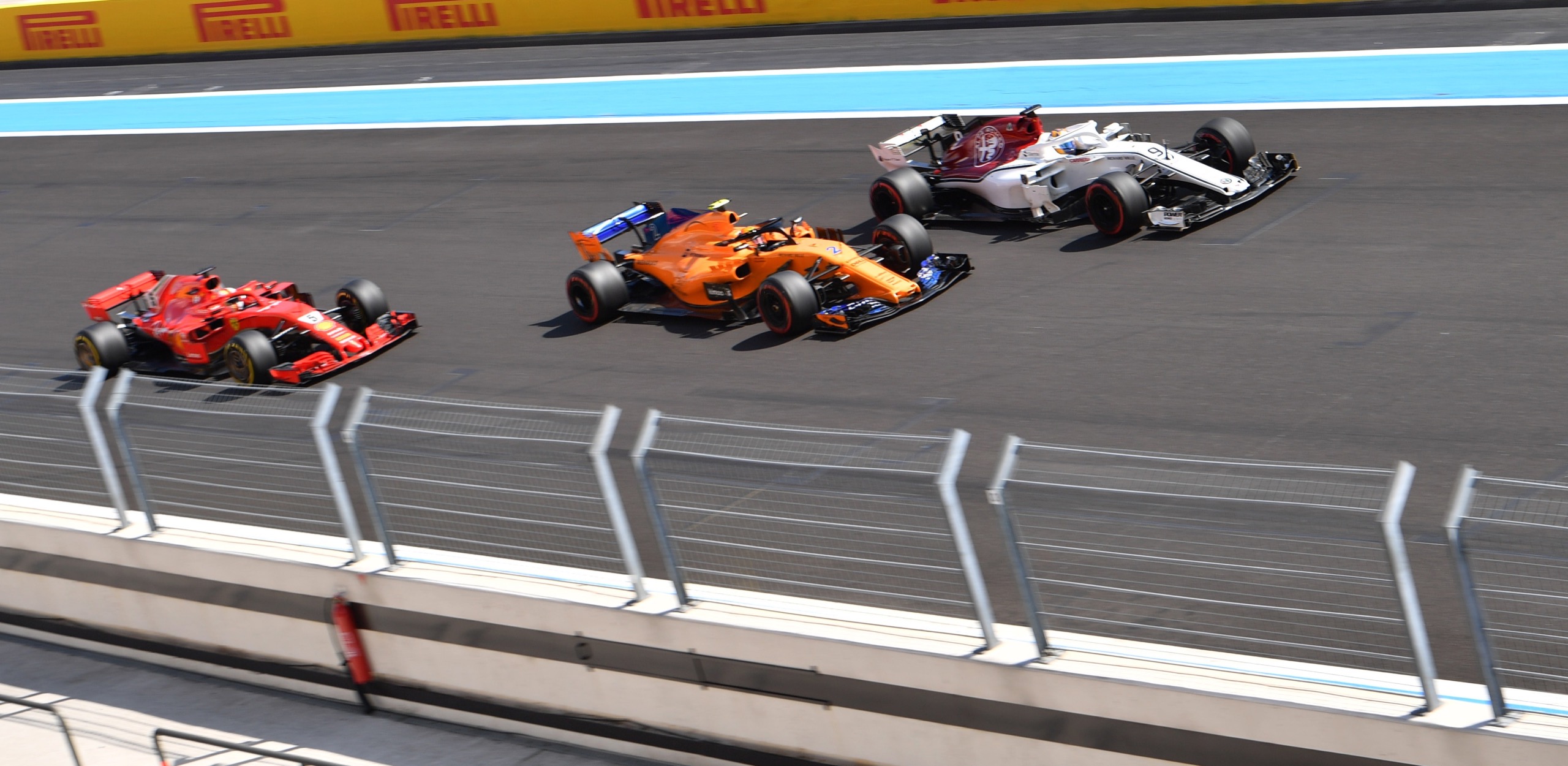
Mercedes will again field Hamilton and Bottas, with Vettel leading Ferrari. Daniel Ricciardo’s surprise announcement throws pressure on Red Bull to find a suitable partner for franchise driver Max Verstappen. Vettel’s partner in the second Ferrari seat looks likely to remain in Kimi Raikkonen’s hands due to his close ties with new CEO Camilleri, with an outside chance of Charles Leclerc departing Sauber/Alfa Romeo for the Scuderia.
Should Raikkonen prevail, Leclerc would likely find a seat in Ferrari’s Haas B-team, perhaps holding on to Kevin Magnussen and leaving Roman Grosjean out? Ferrari’s suddenly quicker and safer reserve driver, Antonio Giovinazzi would fill the Sauber seat alongside Marcus Ericsson.
With the William’s team on the metaphorical ropes, financial supporter Lawrence Stroll might buy into the remains of Force India, taking his son Lance along, leaving the Williams opening for Robert Kubica alongside Sergey Sirotkin or tester Oliver Rowland.
It appears Sergio Perez will drive for the possible “new” team built around the former Force India squad. Perez’ teammate Esteban Ocon now becomes a hot property, perhaps for Red Bull. The team could recall their “loaned-to-Renault” Carlos Sainz to join with “new-fast-guy-on-the-block” Pierre Gasly at Toro Rosso/Honda, with Ocon as Verstappen’s new, steady, and dependable teammate.
That leaves the “much-in-flux” McLaren team. After several high-level personal departures, starting with racing director Eric Boullier, the failures of Renault engines and disappointing aerodynamic numbers, the once hallowed squad is a mess. With no primary sponsor and no other engine manufacturer in the wings, the team’s chances of holding Fernando Alonso are slim.
Still, Alonso is holding his cards tight. Could he see a season in Indycar for Indianapolis 500 crown, or could new Sporting Director Gil de Ferran convince him to stay for a new partnership with Lando Norris or a “still-racy-for-the-joy-of-it” Kimi Raikkonen?
Nevertheless, prepare for a wild ride. As we have seen in the last few hours, anything’s possible.
